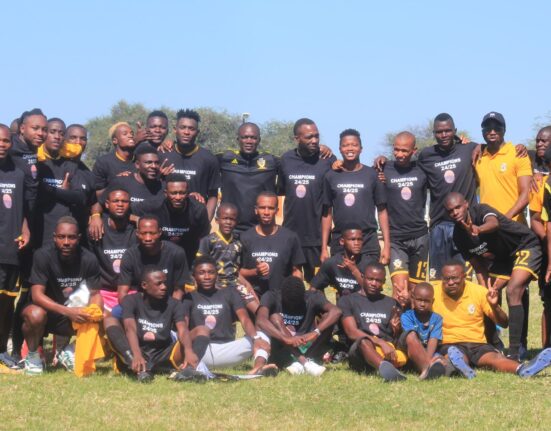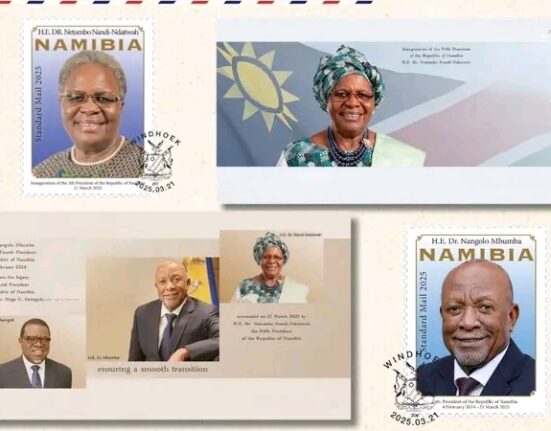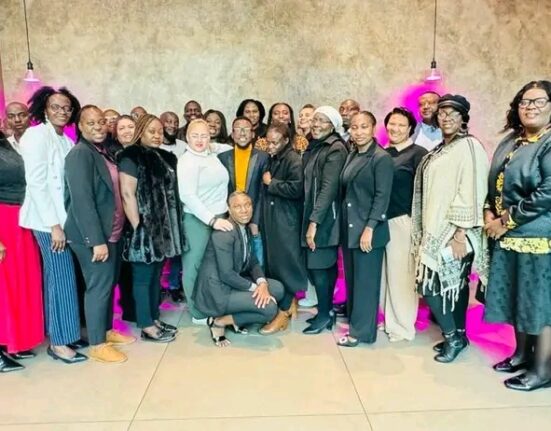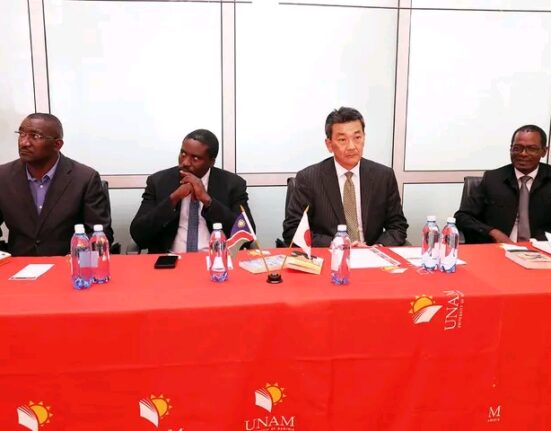Namibia, a country located in the southern region of Africa, is renowned for its breathtaking landscapes, rich cultural heritage, and unique wildlife. However, beyond its natural beauty, Namibia holds a profound historical legacy that has shaped its identity as a nation. One of the most enduring symbols of this identity is the title “Land of the Brave.” This title has become synonymous with Namibia, resonating deeply within its culture and history. But what exactly makes Namibia worthy of such a powerful and enduring moniker? Let’s explore the historical, social, and cultural reasons why Namibia is called the “Land of the Brave.”
The Origins of the Title: A Tribute to Resistance
The title “Land of the Brave” is deeply rooted in the nation’s struggle for independence and the courage displayed by its people throughout history. The term is often associated with Namibia’s long and hard-fought battle against colonial oppression, particularly the German colonial rule and the South African mandate that followed. Namibia’s courage in the face of extreme adversity, the resistance movements, and the eventual triumph over foreign rule have made the phrase resonate with great significance.
Namibia’s resistance against colonization began early in its history, with various indigenous groups leading efforts to protect their land and way of life. These acts of bravery, even in the face of overwhelming odds, have become central to the identity of the country. From the Herero and Nama resistance against German imperialism to the SWAPO-led liberation struggle against apartheid and South African occupation, Namibians have consistently demonstrated remarkable courage and resilience.
The Herero and Nama Resistance Against German Rule
One of the most poignant chapters in Namibia’s history of bravery is the Herero and Nama resistance during the early 20th century. Between 1904 and 1907, the Herero people led by Samuel Maharero and the Nama people led by Hendrik Witbooi fought fiercely against German colonial forces. This conflict is often considered one of the first acts of resistance in Africa against European imperialism.
The brutality of the German response to this resistance, particularly the Herero genocide of 1904, marked a dark chapter in Namibia’s history. It is estimated that up to 80% of the Herero population was killed, and the Nama people also suffered heavy losses. Despite this overwhelming violence, the spirit of resistance remained strong among the survivors. The Herero and Nama peoples’ fight against the German colonial forces symbolizes the enduring bravery of Namibia’s indigenous people in their quest for dignity, freedom, and justice.
Namibia’s Liberation Struggle: A New Era of Courage
Fast forward to the mid-20th century, and Namibia found itself once again in the throes of resistance, this time under South African apartheid rule. After World War I, Namibia was handed to South Africa under a League of Nations mandate, and the country endured decades of racial segregation and oppression similar to that of South Africa. Throughout the 20th century, Namibia’s people continued to defy colonial rule, with the formation of the South West Africa People’s Organization (SWAPO) in 1960.
SWAPO, under the leadership of figures such as Sam Nujoma, became the spearhead of Namibia’s independence movement. From the 1960s to the 1980s, Namibia witnessed a series of armed struggles against both the South African Defense Forces (SADF) and the civilian occupation that was aimed at maintaining apartheid control. The People’s Liberation Army of Namibia (PLAN), SWAPO’s military wing, fought tirelessly to end the apartheid regime in Namibia.
Despite being outgunned and outnumbered, Namibians showed extraordinary bravery in their resistance to the South African occupation. International solidarity, including the intervention of Cuba and Angola, supported Namibia’s struggle for independence. The bravery of those fighting in the bush, the civilians enduring hardship, and the diplomacy that led to United Nations recognition made the Namibian independence struggle one of the most remarkable resistance movements in African history.
The 1990 Independence and the Triumph of Bravery
Namibia’s long journey toward independence culminated in 1990, when the country officially gained its freedom after years of negotiations, diplomatic pressure, and military struggle. On March 21, 1990, Namibia finally became a free nation, with Sam Nujoma becoming the first President. This momentous achievement was a testament to the bravery and determination of countless Namibians who had sacrificed their lives for a free and independent country.
The peaceful transition to democracy, with the leadership of SWAPO and support from the United Nations, reflected the courage of a nation that had fought for decades to overcome oppression. This peaceful and successful path to independence is a remarkable achievement in Africa’s history, demonstrating how bravery in the face of adversity can lead to a better future.
Bravery in the Face of Environmental Challenges
While Namibia’s historical struggles define its identity as the “Land of the Brave,” the modern-day challenges faced by the country also embody this same spirit. Despite being one of the driest countries in the world, with over 80% of its land covered by desert, Namibia continues to thrive. The resilience of its people in the face of water scarcity, climate change, and economic challenges is a testament to the enduring bravery and determination that continues to define Namibia today.
From tackling the issues of water scarcity through innovative technologies and conservation efforts to successfully managing its wildlife populations and creating sustainable ecotourism opportunities, Namibia’s modern challenges require bravery on multiple fronts. The commitment of the Namibian people to overcoming these hurdles continues the legacy of courage and resilience passed down from their ancestors.
The Spirit of Unity and Forgiveness
One of the most important aspects of the modern Namibian identity is the country’s focus on unity and national reconciliation after years of division and conflict. The struggle for independence saw various factions, including different ethnic groups, engage in conflict. However, Namibia’s peaceful transition to independence, led by figures like Sam Nujoma, emphasized the importance of forgiveness and national unity as a foundation for the new country. This process of reconciliation and healing required immense bravery on the part of all Namibians, as they sought to move beyond past grievances and build a unified nation.
Namibia’s title as the “Land of the Brave” is not just a reflection of its past but also a tribute to the courage, resilience, and determination that continue to define its people. From the early resistance against German colonialism and the Herero genocide to the liberation struggle against apartheid rule and the peaceful transition to independence, Namibia has overcome tremendous obstacles. Today, the spirit of bravery lives on as the country faces modern-day challenges with the same courage and resolve that has shaped its history.
The “Land of the Brave” is not just a title, but a living testament to the sacrifices made by generations of Namibians in their fight for freedom, justice, and unity. As Namibia continues to forge its path in the 21st century, its people remain determined to honor the legacy of bravery that has defined their history and built the foundation for a thriving, democratic nation.
Join 'Namibia Today' WhatsApp Channel
Get the breaking news in Namibia — direct to your WhatsApp.
CLICK HERE TO JOIN












